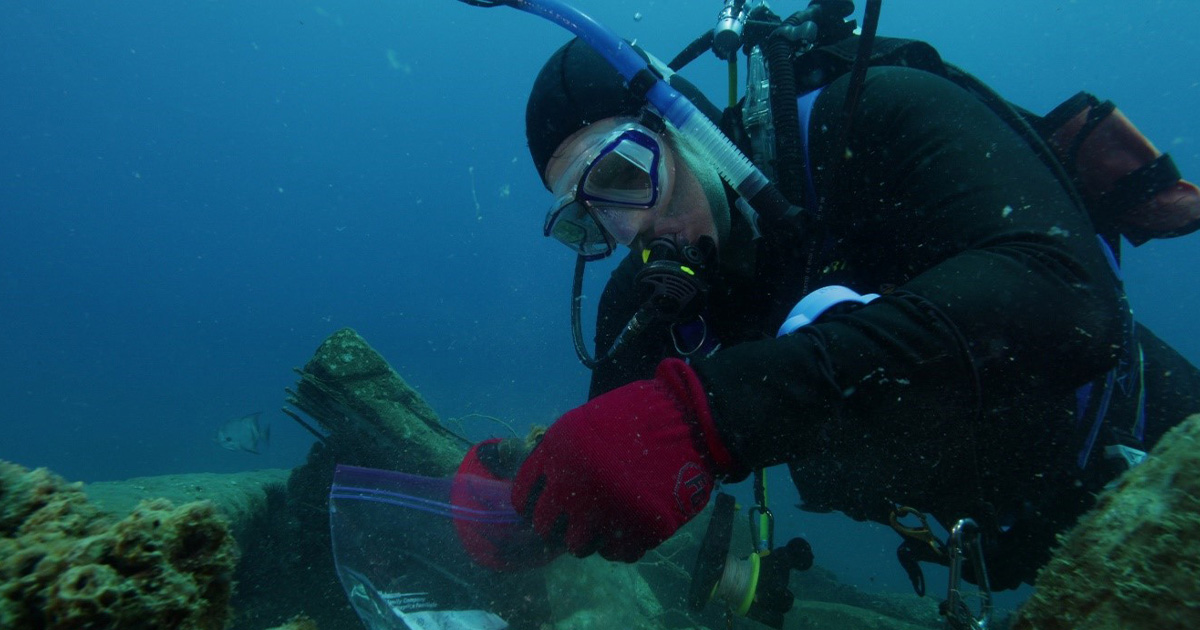An ambitious two-year study to determine the carbon capture potential of artificial reefs—as a possible tool to combat climate change—completes its first half with encouraging results.
“The early data that we are seeing is delivering some encouraging results, the sponges and soft corals that cover the reef do contain high amounts of carbon” said Dr. Richard Kline, Ph.D., Professor, School of Earth, Environmental, and Marine Sciences at the University of Texas Rio Grande Valley (UTRGV).
Kline’s UTRGV team is leading the research. “We suspected that reefs, man-made or natural, could sequester or capture carbon. Now, initial data shows that the reef’s structure, the bottom or sediment, and the biomass, fish, and other marine life in the water column, is indeed capturing or trapping CO2 a known greenhouse gas, in some significant proportions.”
The study, which is supported by Friends of the RGV Reef (RGV Reef) with a grant from Enbridge, is the first of its kind. “UTRGV’s research is the most comprehensive study in the world to determine the ability of artificial reefs to capture or trap carbon and maybe provide a solution in dealing with our real-life climate challenges,” said Gary Glick, President, RGV Reef.
“We’re excited to see that early results are encouraging, but Dr. Kline’s team has a lot more work to do. They are now in the second phase of this vitally important research,” continued Glick.
The groundbreaking study centers on RGV Reef, a 1,650-acre artificial reef, the largest and most complex artificial reef off the Texas coast. The artificial reef has already brought back substantial populations of fish and increased other sea life. It is located approximately 13 nautical miles northeast of the South Padre Island jetties offshore in the Gulf of Mexico, permitted through the Texas Parks and Wildlife Department. The majority of the artificial reef is constructed out of cleansed intentionally-sunken vessels, concrete rail ties, and cinder blocks.
“If reefs prove to be a major force or a way to capture carbon, then this research could benefit every country in the world that has a coastline,” Glick said. “As human beings, we need to look at all the ways we can reduce emissions and capture greenhouse gases. Reefs may be an important tool in our bigger toolbox that we can use to help us achieve a cleaner and brighter future. These reefs have also been found to be instrumental in supporting sea life.”
Dr. Kline said the study is entering the critical second and final 12-month phase. “The study is driven by the data we’re collecting,” said Kline. “During the first half, we refined our data collecting process, using some innovative techniques. The team has collected samples that are being analyzed in the lab. At the end of the study, we will publish our findings for the world to see. We’ll be able to know definitively if reefs have the ability to capture carbon in enough concentrations to have a significant impact.”
For more information about RGV Reef and the study, please visit https://rgvreef.org/



